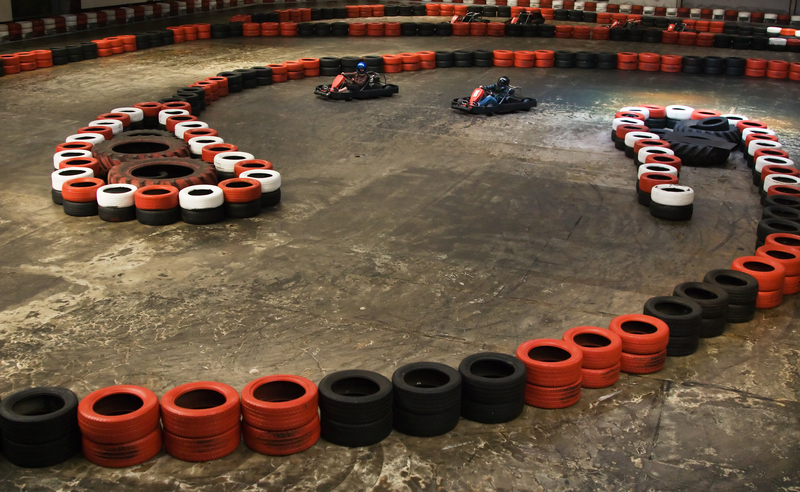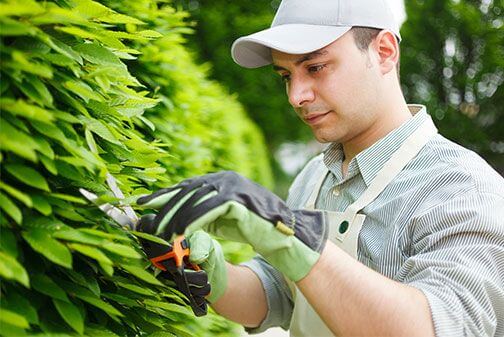Aesthetic Sustainability: The Fusion of Trash and Art
Posted on 18/08/2025
In today's world, the concept of sustainability has become increasingly important. With the threat of climate change and the overconsumption of resources, people are searching for ways to reduce their impact on the environment. One emerging trend in this movement is the fusion of trash and art, also known as aesthetic sustainability. This innovative approach combines creativity and environmentalism to turn waste into beautiful pieces of art.
Aesthetic sustainability is a transformative process that uses discarded materials and transforms them into something visually stunning. It promotes the idea that waste can be repurposed and given a new life rather than simply being thrown away. By incorporating elements of art into sustainability efforts, it not only raises awareness about environmental issues but also creates a unique and thought-provoking experience for viewers.
The practice of using trash in art is not new; it has been around for centuries. In ancient civilizations, people used scraps of cloth and other discarded materials to create tapestries and mosaics. However, with advances in technology and increasing production and consumption rates, the amount of waste we produce has reached alarming levels. Aesthetic sustainability takes this issue head-on by using contemporary art mediums to convey a powerful message about recycling and reducing waste.
One notable example of this can be seen in French artist Bordalo II's work. He uses recycled materials like tires, refrigerators, and other industrial waste to create large-scale animal sculptures that are both impressive and disturbing at the same time. His installations highlight the impact humans have on wildlife and raise awareness about the need for conservation efforts.
Another practitioner of aesthetic sustainability is British artist Jane Perkins, who creates colorful portraits using upcycled materials such as buttons, toys, and plastic utensils. Her art challenges our perception of what is considered valuable or beautiful while also promoting the importance of reusing materials.
The fusion of trash and art does more than just create visually appealing pieces; it also brings up conversations about consumerism, waste management, and the environmental impact of our actions. By using trash as a medium, artists are able to generate discussions about these issues in a way that traditional methods may not have been able to.
Furthermore, aesthetic sustainability has the potential to change people's attitudes towards trash. When we see discarded materials being repurposed and transformed into art, it challenges our perception of what is considered trash. It encourages us to think creatively about how we can reduce, reuse, and recycle in our own lives.
On the other hand, some argue that aesthetic sustainability may contribute to the problem of overconsumption. The demand for recycled materials to use in art may outweigh the supply, leading to an increase in production and consumption of goods. Additionally, creating large installations using waste can also require a significant amount of energy and resources.
Tips
To ensure that aesthetic sustainability remains truly sustainable, here are some tips to keep in mind:
1. Use materials that are readily available and easily accessible. This reduces the need for transportation and minimizes the carbon footprint.
2. Collaborate with local organizations or businesses to gather materials. This not only supports the community but also highlights their efforts towards sustainability.
3. Use non-toxic adhesives and finishes when creating artwork to minimize harm to the environment.


Takeaways
Takeaways from aesthetic sustainability include promoting creative thinking when it comes to reducing waste and encouraging individuals to think more critically about their environmental impact. It also showcases the potential for turning something ordinary into something extraordinary.
Conclusion
In conclusion, aesthetic sustainability is a powerful form of expression that combines art and environmentalism. Through this fusion, it not only creates visually stunning pieces but also raises awareness about important issues such as waste management and overconsumption. By incorporating this approach into our daily lives, we can work towards a more sustainable future while appreciating the beauty in everyday objects.






